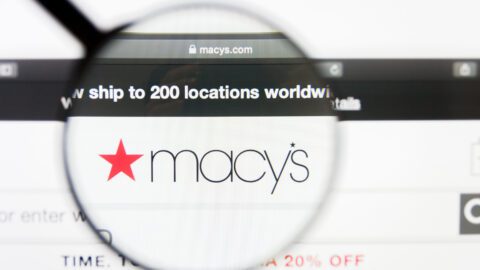 Achieving meaningful levels of localization and personalization is difficult enough when a retailer is operating in its own home country. Those challenges are multiplied many times when the retailer goes abroad, where differences of language, culture, local regulations and customer expectations can befuddle even the most sophisticated merchants.
Achieving meaningful levels of localization and personalization is difficult enough when a retailer is operating in its own home country. Those challenges are multiplied many times when the retailer goes abroad, where differences of language, culture, local regulations and customer expectations can befuddle even the most sophisticated merchants.
I recently attended a day-long session of the Global E-Commerce Leaders Forum (GELF) in New York City and heard some fascinating lessons on successful strategies for localization — even when the “local” area is thousands of miles away from corporate headquarters or a retailer’s brick-and-mortar stores.
Companies like Net-A-Porter Group and Perry Ellis are navigating everything from how the peculiarities of French addresses depressed online conversion rates, to the sometimes comical disjunctions between different versions of the Spanish language as spoken in different Latin American countries. Some key learnings I gleaned include:
• The Last Mile Is Your First Priority: The luxury e-tailer Net-A-Porter Group was having challenges getting customers to “pull the trigger” and convert their online shopping into a sale. The problem wasn’t price or product but a quirk of French addresses: the presence of “door codes” that are needed to direct packages to the correct recipient of an apartment house. Because Net-A-Porter didn’t have a field for these codes, some French customers were wary about ordering items, or weren’t receiving them when they did buy.
The solution sounds simple, but finding the problem was challenging: “It took a lot of time to understand why we weren’t as successful as we thought we should be,” said Heather Kaminetsky, VP of Global Marketing for Net-A-Porter. She credits having people “on the ground” in the countries where the retailer operates, as well as “a lot of Voice of the Customer” work, in order to “understand what the consumer is telling you. They’re having the experience, while you’re just sitting in the office.”
• Communicate In The Local Language: When Perry Ellis International expanded digital operations to multiple Latin American countries a few years ago, the retailer underestimated how much localized content would be required on different countries’ sites. “The translation schedules weren’t keeping up, so the amount of English on these LATAM sites was not just ‘bleeding,’ it was hemorrhaging,” admitted Jose Nino, VP of E-commerce Marketing. “We couldn’t rely on weekly translations, we needed to do them every single day.”
• Make Sure You Use The Local Language: One reason Perry Ellis was having trouble keeping up with translations is the fact that the Spanish language(s) spoken in different Latin American countries can vary widely. The retailer made the mistake of choosing Spanish as spoken in Spain, assuming that this “mother country” tongue would be understandable to the widest group of consumers. In truth, Mexican Spanish is the most popular dialect in the region. “The ‘purest’ form of Spanish was not the most understandable,” explained Nino. “For example, in Spain, blue jeans are vaqueros, but in Mexico that word means ‘cowboys.’ So we had a sentence on our web site that translated to ‘Our cowboys are made of the best cotton available.'”
• But Be Strategic With Your Localization Resources: While Net-A-Porter operates in 170 countries, it only goes full-bore with personalization, marketing and content in 10 of them, said Kaminetsky. “If you chase after every shiny thing in every market, you end up losing focus,” she said. As Perry Ellis does, Net-A-Porter translates its sites into multiple languages, but Kaminetsky advised retailers to determine whether the entire site needs to be translated, or whether iconography and images can connect different rooms in the Tower of Babel. “It depends to some extent on how far along the purchase path that market’s customers are,” she noted.
On the other hand, Net-A-Porter does not skimp on translation when customers reach out for help. “We have 60 different languages being provided by customer care agents,” said Kaminetsky. “You can call at any time and get help in almost any language you can imagine.”
So it seems that even in our increasingly globalized, homogenized world, there are still lots of local customs that need to be acknowledged — particularly for retailers seeking to satisfy lots of customers in lots of different locations.













